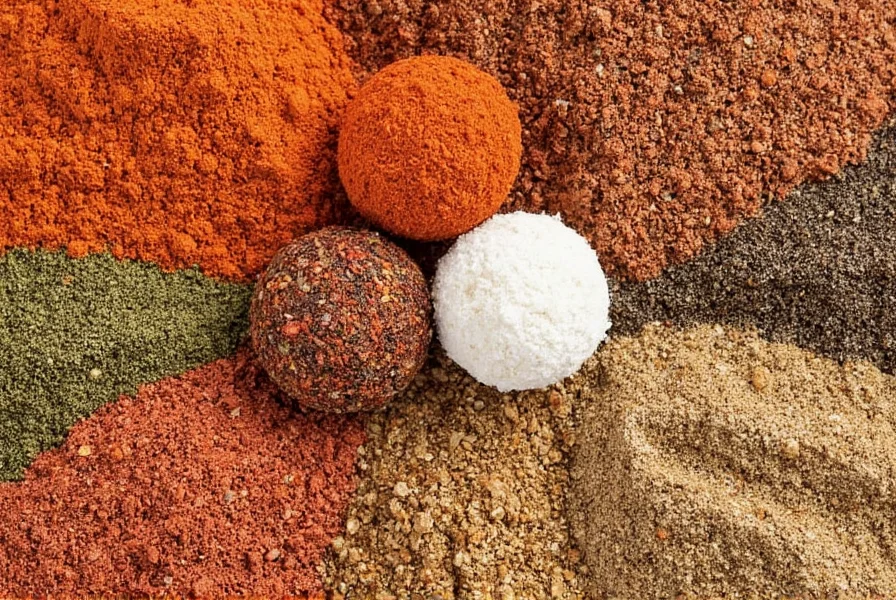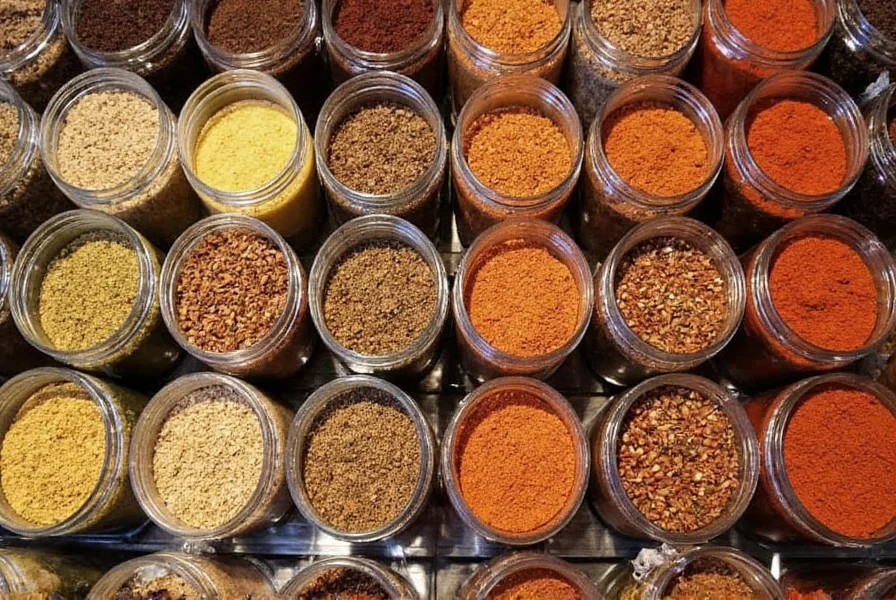Understanding where to find quality cumin in Chicago requires knowledge of both specialty spice retailers and restaurants that showcase this essential spice. Cumin, with its earthy, warm flavor profile, serves as a cornerstone ingredient in numerous global cuisines represented throughout Chicago's diverse food landscape. The city's rich cultural tapestry has created ideal conditions for both sourcing premium cumin and experiencing it in authentic culinary preparations.
Top Specialty Stores for Cumin in Chicago
Chicago's specialty food retailers take spice quality seriously, particularly for foundational ingredients like cumin. Unlike supermarket alternatives that often sit on shelves for extended periods, these establishments prioritize freshness and proper storage conditions.
| Store Name | Location | Cumin Offerings | Special Features |
|---|---|---|---|
| The Spice House | Historic Polish Triangle | Whole and ground cumin | Family-owned since 1957, custom blends, educational resources |
| Penzeys Spices | Lincoln Square | Organic ground cumin | Free samples, knowledgeable staff, freshness guarantee |
| Spice Garden | West Town | Imported whole cumin seeds | International selection, bulk pricing, cooking classes |
When selecting cumin at these establishments, look for seeds that are uniform in color and size with a strong aromatic presence. Whole cumin seeds maintain their flavor profile significantly longer than pre-ground versions. For optimal freshness, purchase small quantities and store in an airtight container away from light and heat.

Chicago Restaurants Featuring Cumin Prominently
Chicago's restaurant scene showcases cumin across multiple culinary traditions. The spice appears in both traditional preparations and innovative contemporary dishes. Understanding which restaurants genuinely feature cumin as a primary flavor component—not merely as background seasoning—requires attention to menu descriptions and chef backgrounds.
Arami in West Town exemplifies Middle Eastern cuisine where cumin serves as a foundational spice. Their lamb kofta incorporates freshly ground cumin alongside other warm spices, creating complex flavor layers that define authentic preparation. The restaurant sources whole cumin seeds directly from regional suppliers, grinding them in-house daily.
For Indian cuisine enthusiasts, Udupi Palace in Devon Avenue features cumin prominently in their dosas and curries. Their chefs toast whole cumin seeds before grinding, releasing essential oils that create deeper flavor complexity. This traditional technique distinguishes their preparations from restaurants using pre-ground alternatives.
Mexican food lovers should visit Carnitas Uruapan in Pilsen, where cumin features in their signature carnitas and mole preparations. Unlike Americanized Mexican restaurants that often minimize cumin, this establishment honors traditional recipes where cumin plays a starring role.

Selecting Quality Cumin: What Chicago Consumers Should Know
Not all cumin delivers equal flavor impact. Chicago consumers benefit from understanding key quality indicators when purchasing this essential spice. Freshness represents the most critical factor, as cumin's volatile oils degrade over time, diminishing both aroma and flavor.
Whole cumin seeds maintain potency for 3-4 years when properly stored, while ground cumin loses significant flavor within 6 months. The best Chicago spice retailers date their inventory and rotate stock frequently. When evaluating cumin quality, look for these characteristics:
- Deep brown to amber color (avoid pale or yellowish seeds)
- Strong, warm, slightly peppery aroma when crushed
- Uniform size and shape indicating careful processing
- No evidence of moisture or clumping
For home cooks seeking authentic cumin flavor, toasting whole seeds in a dry skillet before grinding releases maximum flavor. This technique, practiced by Chicago's top restaurants, transforms cumin from a background note to a starring flavor component.
Cumin's Role in Chicago's Culinary Identity
Chicago's food culture reflects global influences where cumin serves as a common thread. From the Middle Eastern restaurants of Albany Park to the Mexican establishments in Pilsen and the Indian eateries along Devon Avenue, cumin connects diverse culinary traditions across the city.
The spice's versatility explains its prominence in Chicago's restaurant scene. In Middle Eastern cuisine, cumin partners with coriander and sumac. In Indian cooking, it combines with turmeric and mustard seeds. Mexican preparations often pair cumin with chili powder and oregano. Chicago chefs increasingly experiment with cross-cultural applications, using cumin in unexpected preparations while respecting traditional foundations.
This culinary cross-pollination creates unique Chicago interpretations of global dishes. Understanding where cumin fits within these traditions helps consumers identify authentic preparations versus superficial adaptations. Restaurants committed to genuine representation typically feature cumin prominently in their spice blends and preparation methods.
Where can I buy high-quality cumin in Chicago?
The Spice House in the Historic Polish Triangle and Penzeys Spices in Lincoln Square offer premium cumin. These specialty retailers source fresh, high-quality cumin seeds and ground cumin with proper storage practices that maintain flavor integrity. They provide both whole seeds for maximum freshness and freshly ground options.
Which Chicago restaurants use authentic cumin in their dishes?
Arami (Middle Eastern), Udupi Palace (Indian), and Carnitas Uruapan (Mexican) authentically feature cumin in their traditional preparations. These restaurants typically toast whole cumin seeds before use, following traditional techniques that maximize flavor development rather than relying on pre-ground alternatives.
How can I tell if cumin is fresh when purchasing in Chicago?
Fresh cumin should have a strong, warm aroma when crushed between fingers. Whole seeds should be uniform in color (deep brown to amber) with no signs of moisture. When purchasing ground cumin, check for recent packaging dates as flavor degrades significantly after six months. Specialty Chicago spice shops typically rotate stock frequently and can provide freshness information.
Does cumin feature in Chicago's local cuisine beyond ethnic restaurants?
Yes, many contemporary Chicago chefs incorporate cumin into innovative dishes that blend culinary traditions. Some local barbecue establishments use cumin in dry rubs, while farm-to-table restaurants feature it in vegetable preparations. The spice has become increasingly common in Chicago's culinary landscape beyond strictly ethnic contexts.
What's the difference between whole cumin seeds and ground cumin in Chicago recipes?
Whole cumin seeds maintain flavor potency significantly longer than ground cumin—up to four years versus six months. Chicago chefs who prioritize authentic preparation typically toast whole seeds before grinding them fresh. This technique releases essential oils that create more complex flavor profiles compared to pre-ground alternatives commonly found in supermarkets.











 浙公网安备
33010002000092号
浙公网安备
33010002000092号 浙B2-20120091-4
浙B2-20120091-4